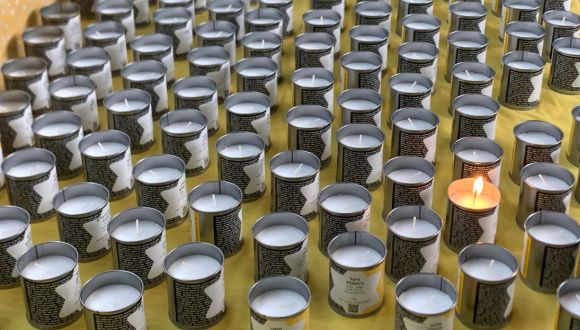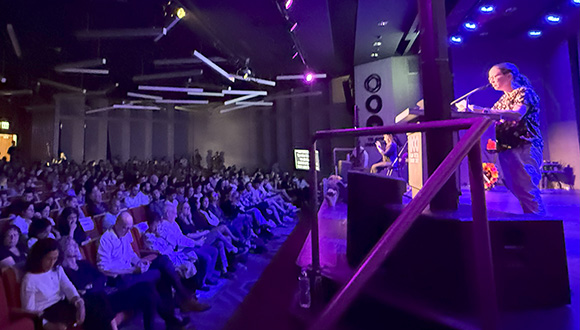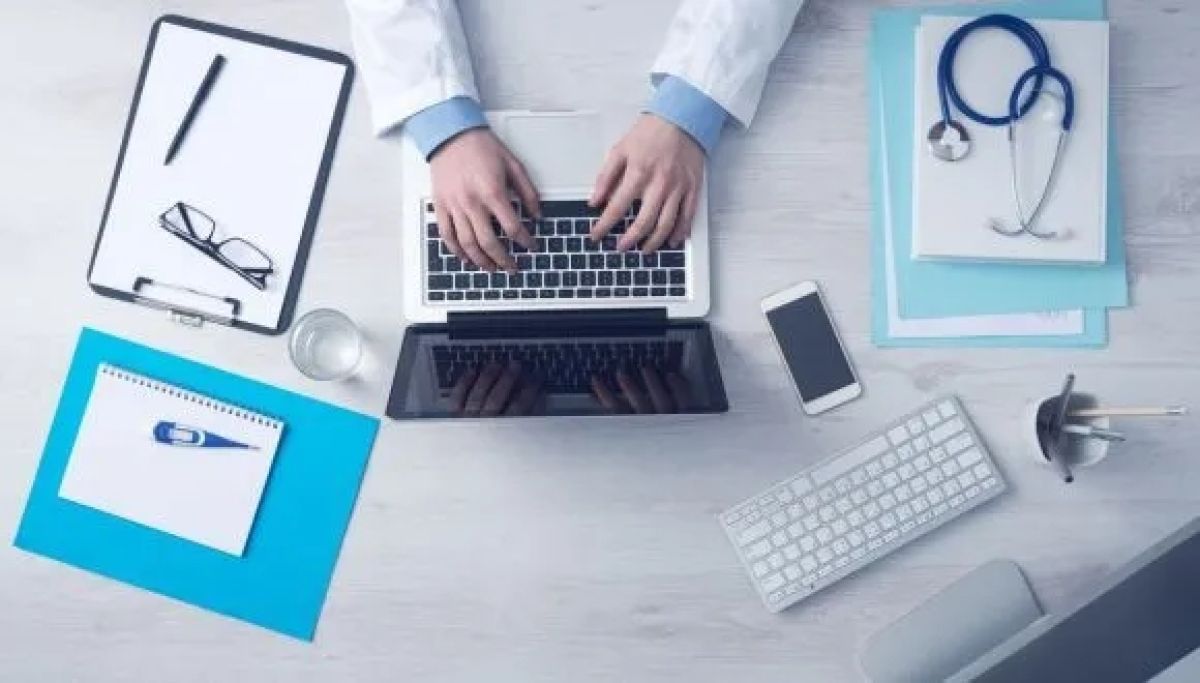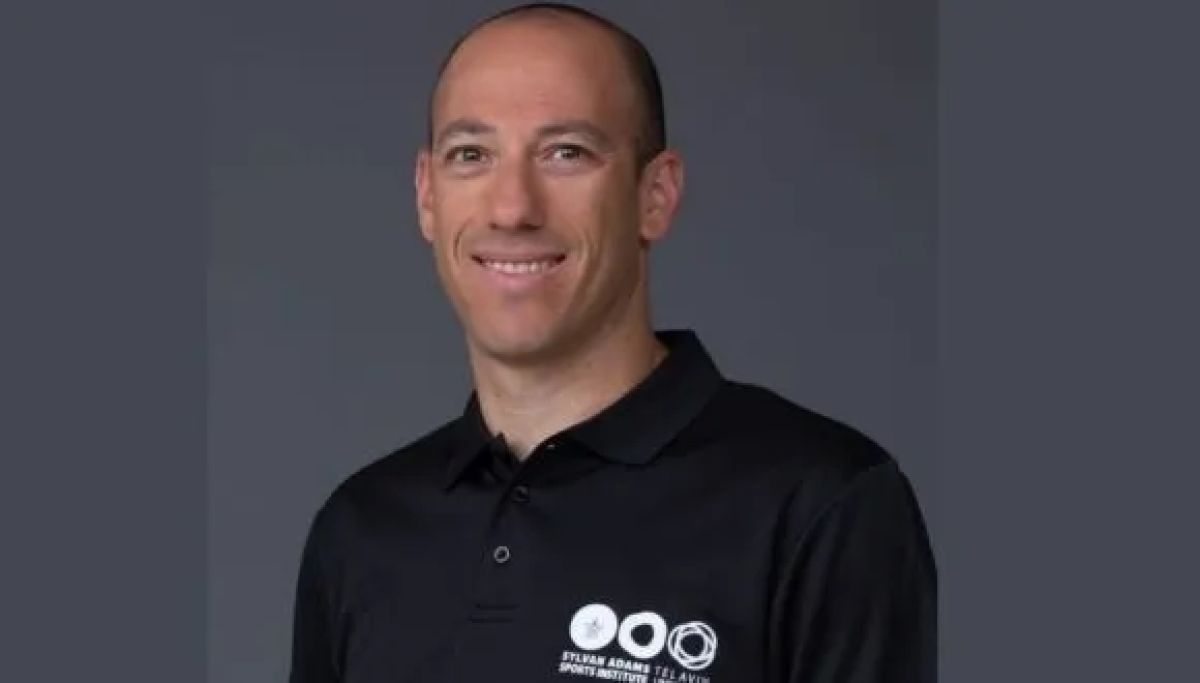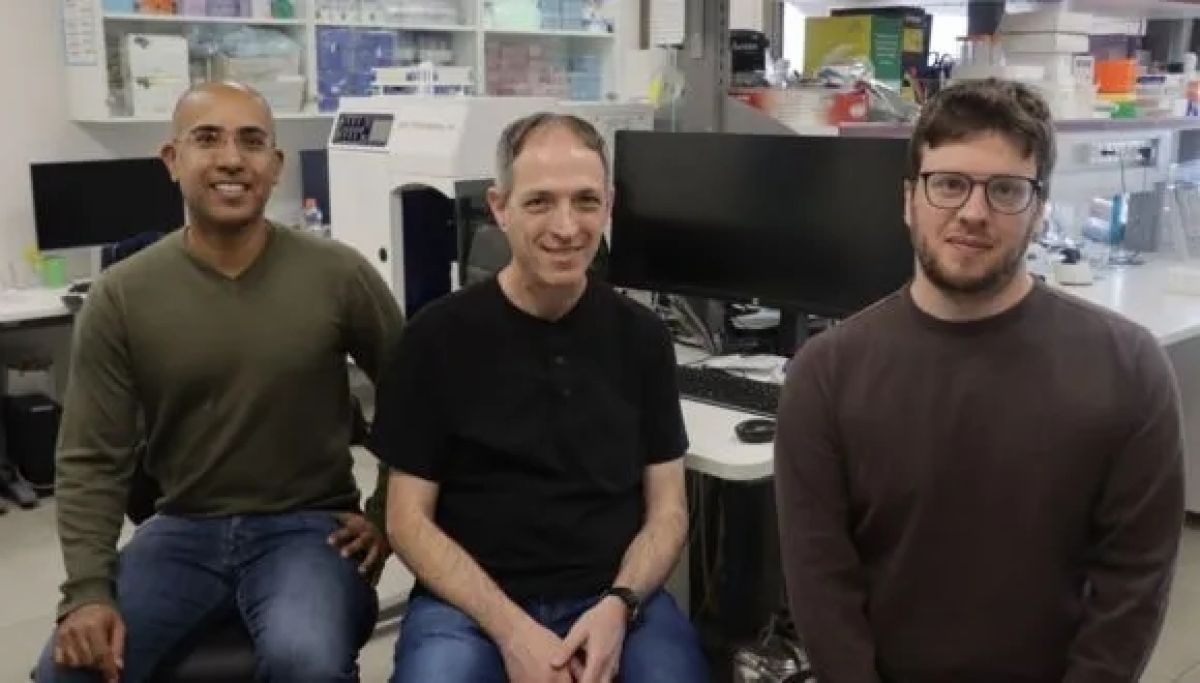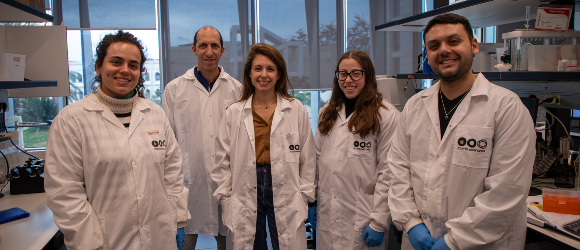The Tel Aviv Conference: Future of Israel, held today (May 7, 2025) at Tel Aviv University in collaboration with the Kadar Foundation, drew a large and diverse audience. The annual conference aims to broaden and deepen public discourse by making academic research and interdisciplinary perspectives accessible. It serves as a platform for open dialogue involving representatives from all sectors of Israeli society, leadership figures of diverse backgrounds, and the general public.
Many participated in the roundtable discussions led by Tel Aviv University’s leading researchers, covering four key areas relevant to life in Israel today: security and society, public systems and social services, environment and technology, and law, policy, and international relations. The plenary session featured prominent speakers, including President Isaac Herzog, Tel Aviv University President Prof. Ariel Porat, and public figures such as Yair Lapid, Ze’ev Elkin, Gadi Eizenkot, Ayelet Shaked, and Mansour Abbas, alongside academics from diverse fields. Together, they sought to propose various approaches to address the pressing issues facing Israeli society today.
“Academia must serve as a beacon illuminating the path for all of society. We do not have the luxury to stand aside and hope things turn out well” – Prof. Ariel Porat.

TAU President Prof. Ariel Porat.
Tel Aviv University President Prof. Ariel Porat opened the conference by welcoming all participants. “There are several areas in which the voice of academia and its leaders must be heard, yet often is not. First and foremost, we must defend with all our strength academic freedom, freedom of expression, and institutional independence, preventing governmental interference in campus affairs”.
“The second area is defending the democratic character of the state. Before October 7th, all Israeli universities joined together to oppose the constitutional revolution led by the government. It was an extraordinary step, and one I am proud of. Unfortunately, since October 7th, there has been a noticeable weakening within academia, and strong criticism of anti-democratic governmental actions is not always voiced. However, there is near-consensus among university leaders on at least one point: if the government does not adhere to Supreme Court rulings, thereby becoming a rogue government, academic activities will be halted immediately”.
“The third area where academia must act is in protecting human rights, civil liberties, and minority rights. For instance, if the government attempts to use the Shin Bet against Israeli citizens engaged in lawful protest, academic institutions and their leaders must be among the first to loudly oppose this and do everything possible to prevent it”.
Prof. Porat concluded by urging Israeli academics: “We must speak louder and clearer than we have so far against the unintentional killing of innocent people, including children, occurring in Gaza. Compassion for innocent people and children does not contradict our desire to bring hostages home, nor does it contradict love of Israel, Zionism, Jewish values, or IDF values. Rather, compassion for children is part of all these values. Not only do innocent lives suffer from a lack of compassion, but our moral standing in the world, and even more importantly, in our own eyes, is gravely damaged. Our soldiers are not the intended audience for these remarks, but rather our leaders and Israeli society as a whole. Moral corruption ultimately affects us all”.
“Whether due to grief over the October 7 tragedy, fatigue, or emotional numbness, Israeli society remains largely indifferent to what is happening in Gaza. It is our responsibility as members and leaders of Israeli academia to raise our voices and pull others out of their indifference. If not us, then who? Academia must be a beacon illuminating the path for society. We cannot afford to stand aside and simply hope for the best”.
“I want to conclude by expressing deep concern for the fate of the hostages. There is no goal more critical than their safe return home. Failing to take every necessary measure for their release makes us complicit in the horrific suffering endured by them and their families every day for over a year and a half. We must not rest or remain silent until they all return home”.
“We must stand not only against this government but also against a wave of pessimism and despair” – Yair Lapid.

Opposition Leader MK Yair Lapid.
Opposition leader Lapid described the coalition he believes Israel needs today: “We must create a new Israeli coalition that includes people from the right, center, and left, who understand that hope is an action”.
“This coalition must commit itself to equality in national responsibility. The exemption of the Haredi sector from military service, approved by the government during wartime, makes us a country that fails to respect the sacrifices of its soldiers and citizens. This is something we cannot accept”.
“Parents don’t put a price on their children’s lives, neither should the state” – Einav Zangauker.

Einav Zangauker, alongside the picture of her son, Matan Zangauker, who is still being held hostage in Gaza.
The audience stood and applauded for several minutes following a powerful and emotional speech by Einav Zangauker, mother of kidnapped Matan Zangauker. Chants of “You’re not alone – we’re with you!” echoed as she spoke on stage.
Einav described a profound sense of personal and national betrayal. “I once believed there was a contract between the state and its citizens”, she said, “but this illusion shattered on October 7th”. She criticized the government’s evasion of responsibility and active undermining of hostage negotiations. “Parents don’t put a price on their children’s lives, neither should the state”, she declared.
Einav also criticized influential figures who remain silent: “As long as you remain silent in the face of a war serving only one person’s interests, you are complicit. Despite her heartbreak, she expressed deep gratitude to the Israeli public for supporting families and standing united. “You are the hope for Matan and for me”, she concluded.

The crowd applauded Zangauker’s speech.
At the conference, Prof. Yair Bar-Haim from the School of Psychology presented research showing an increase in reported PTSD symptoms following Operation Iron Swords. Conducted before and during the conflict, the research showed that approximately 12% of participants reported significant PTSD symptoms.
“Israel needs a broader, different government – the public must vote and make a change” – Ayelet Shaked.

Former Minister of Justice and the Interior, and current Chair of Kardan Real Estate, Ayelet Shaked.
Ayelet Shaked, former Minister of Justice and Interior, called urgently for political renewal: “We should have gone to elections immediately after October 7th. Even when criticizing the Supreme Court, we must respect its rulings to maintain stability and avoid constitutional crisis and anarchy”, she added.
“There will be no choice but to ‘shut down’ the country to save it” – Moshe (Bogie) Ya’alon.

Former Defense Minister and IDF Chief of Staff Moshe (Bogie) Ya’alon.
Former Defense Minister Moshe (Bogie) Ya’alon offered a sobering assessment of Israel’s current situation: “Israel is experiencing the most severe crisis since its founding—perhaps even since the dawn of Zionism. Recognizing the depth of this crisis is the key to overcoming it. We stand at a crossroads: either we return to being a Jewish, democratic, and liberal state, or we continue down a path that is messianic, racist, fascist, corrupt, damaged and hateful”.
“Now is the time for a National Commission of Inquiry. Without a meaningful draft law, the model of ‘The People’s Army’ will collapse” – Ze’ev Elkin

MK Ze’ev Elkin, Minister in the Ministry of Finance, responsible for the rehabilitation of the North and South.
MK Ze’ev Elkin argued for immediate action, stating: “Now is the time for a National Commission of Inquiry. Without a meaningful draft law, the ‘The People’s Army’ will collapse. Elkin, Minister in the Ministry of Finance responsible for rehabilitating Israel’s North and South, also addressed military conscription, stating, “Attempts to enforce conscription solely through draft notices will fail, and the IDF will not be able to enforce the law fairly”.
“My last bullet – I’m saving it for a constitutional crisis” – Arnon Bar-David.

Arnon Bar-David, Chairman of the Histadrut.
Histadrut Chairman Arnon Bar-David, in a conversation with journalist Keren Marciano, emphasized the importance of preserving democratic principles and the rule of law: “If the government ever defies a ruling from the Supreme Court, it will cross a red line”. Bar-David also addressed the ongoing teachers’ strike, expressing concern about it resulting in anarchy and chaos. Although facing pressure for broader strikes, he reaffirmed his strategic decision not to destabilize the country during wartime, emphasizing his commitment to protecting workers, the economy, and the nation. He criticized the government for creating deep societal rifts and urged early elections to restore public trust and unity.
“I still see potential for Arab-Jewish political cooperation, this is a moment of truth” – Mansour Abbas.

Dr. Mansour Abbas.
Ra’am chairman and MK Mansour Abbas addressed Arab-Jewish relations following October 7th and the possibility of renewed political collaboration with opposition parties: “I still see the potential for Arab-Jewish political cooperation. I’m optimistic. This is a moment of truth. Party leaders must step up and clearly state their proposals. As an opposition, we must present a genuine alternative. If we fail to do this, I doubt we’ll gain broad public support. We need to speak honestly to the public and foster a civic and moral partnership – these are precisely the values people seek”.
Abbas also spoke about a lost vision: “We need a dual vision, both Israeli and Palestinian. We must reconnect the original peace process with normalization efforts involving Saudi Arabia and other moderate Arab states. We must offer hope through a political process based on the recognition of a sovereign and independent Palestinian state. Without such recognition, Israel cannot remain both Jewish and democratic”.
He concluded with a prayer for the hostages’ safe return: “We carry an Arab-Palestinian identity, and it comes with concerns – when the war will end and the hostages’ return. I emphasized this need from the very start after October 7th”.













